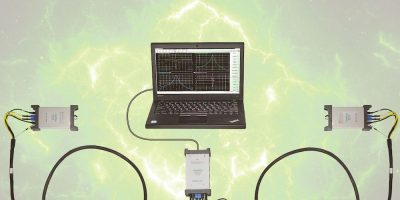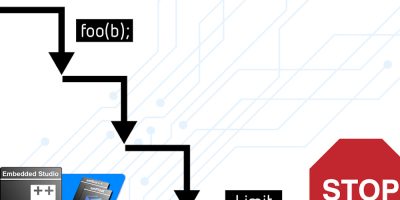A thermal stable IMU (inertial measurement unit) for tilt and stabilisation applications extend TDK’s SmartIndustrial family.
The IIM-20670 is a robust, six-axis IMU with extended temperature range and high VRE (vibration rectification error) performance, said TDK. It joins TDK’s family of three-axis accelerometers and a three-axis MEMS IMU supplementing InvenSense SmartIndustrial product line
The IIM-20670 features a robust monolithic six-axis IMU, three-axis accelerometer and three-axis gyroscope, with proven shock robustness and capability to simultaneously measure all the six axes with a current consumption below 10mA under all operating conditions. With its support for extended temperature range of -40 to 105 degrees C, this new six-axis IMU targets industrial applications that requires extreme stability over temperature and great vibration immunity.
The IIM-20670 is calibrated over multiple temperature points and available in a compact QFN 4.5 x 4.5 x 1.1mm3 form. The package has wettable flanks that simplify inspection at the end of the assembly line, added TDK. The IMU also features programmable digital filters and a 10MHz SPI where data integrity can be assessed by a CRC-based error-detecting code algorithm. The IIM-20670 contains an accelerometer thermal stability of 45 microg per degree C, an accelerometer bias repeatability of 1mg and a programmable output of 64G alongside a tilt algorithm that outputs pitch and roll data over the full temperature range.
According to TDK, these specifications allow the IIM-20670 to provide one of the most stable six-axis tilt outputs in the industry. It is suitable for applications that need robust, fast, and accurate tilt or stabilisation performance such as 5G platform, industrial tilt modules or industrial / agricultural drones.
The thermal stable IMU is also claimed to have best in class accelerometer bias offset and repeatability with a strong vibration rectification performance.
A comprehensive development and evaluation platform along with necessary software are available to enable quick-to-market development of customer systems
TDK’s IIM-20670 platform is available now for evaluation and available through distribution partners worldwide by end of July 2023.







